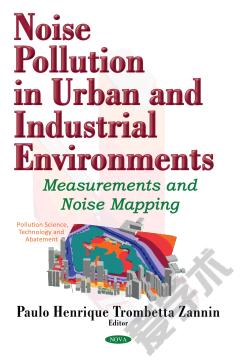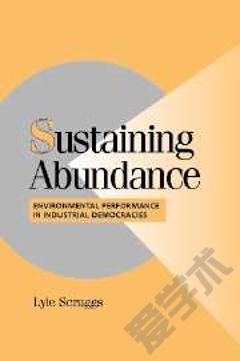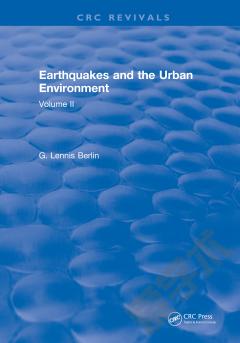Noise Pollution in Urban and Industrial Environments: Measurements and Noise Mapping
Urban and industrial noise pollution is present in virtually every country in the world. Noise pollution studies are therefore needed to find solutions to improve the quality of life in cities. This book contains eighteen chapters that address the problem of noise in urban and industrial environments. One of the chapters evaluates how noise is perceived by the residents of three cities with different population densities, and a methodology is presented for the assessment of road traffic noise in one of these cities, using noise maps. Noise pollution is also evaluated on a university campus and at leisure locations such as public parks. Industrial noise is discussed in two chapters, and solutions are proposed to reduce the noise levels that reach communities located in the proximities of a metal working plant and a paper mill. One of the chapters focuses on technical standards and noise assessment regulations. Another proposes a methodology aided by three-dimensional acoustic mapping to design the sound insulation of building facades. The problems caused by rail traffic noise and aircraft noise levels are discussed in two other chapters, based on measured sound pressure levels, interviews and noise maps. A prediction matrix for the assessment of traffic-related noise pollution is presented in another chapter. This matrix, which is based on noise prediction maps, allows for the qualification and quantification of the global impact of environmental noise resulting from the implementation of a road construction project and its operation. The last chapter in this book focuses on a unique problem that most people are rarely aware of; this problem is the effects of traffic noise on the acoustic signals emitted by birds in an urban environment. The analyses discussed in this book are based on field measurements of sound pressure levels and computer calculations of noise maps. Noise mapping is a highly effective technique to visualize the problem of noise in large urban centers and noise generated by manufacturing plants. This technique facilitates the search for answers to the problem of noise pollution and is helpful for comparing solutions, enabling one to select the most effective and economically feasible solution. Several case studies are described throughout the book. These are examples of real cases, which were used to assess the quality of urban and industrial environments. Based on measurements, noise maps are calculated to show the current status of noise pollution. Subsequent analyses based on noise mapping simulations indicate the urban and industrial noise abatement measures recommended for the cases in question. The target audience of this book includes undergraduate and graduate students, as well as professionals working in the areas of environmental management of cities, of factories, in architecture, urban design, in environmental, mechanical and civil engineering, urban planning, and health care professional planning.
{{comment.content}}








 京公网安备 11010802027623号
京公网安备 11010802027623号